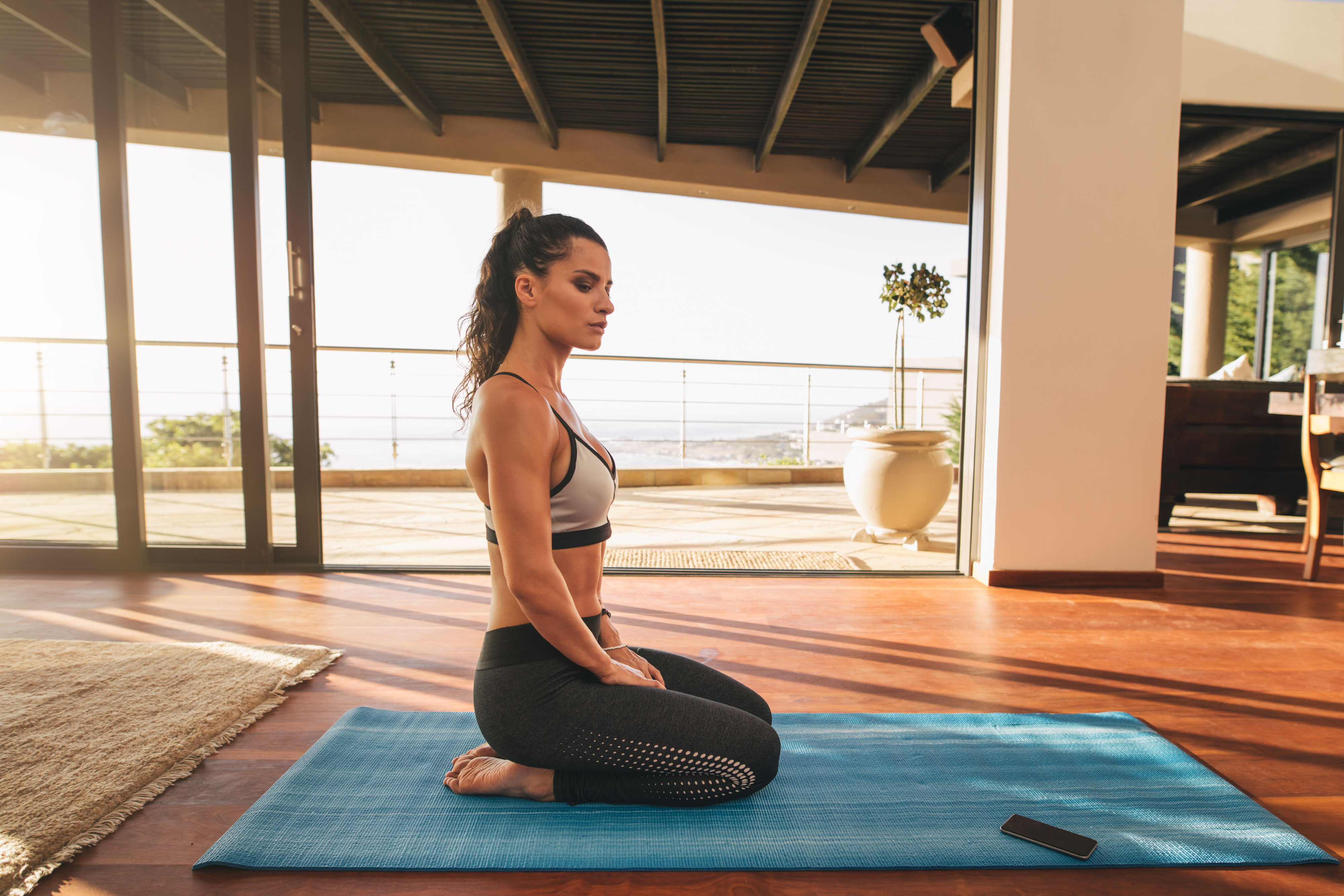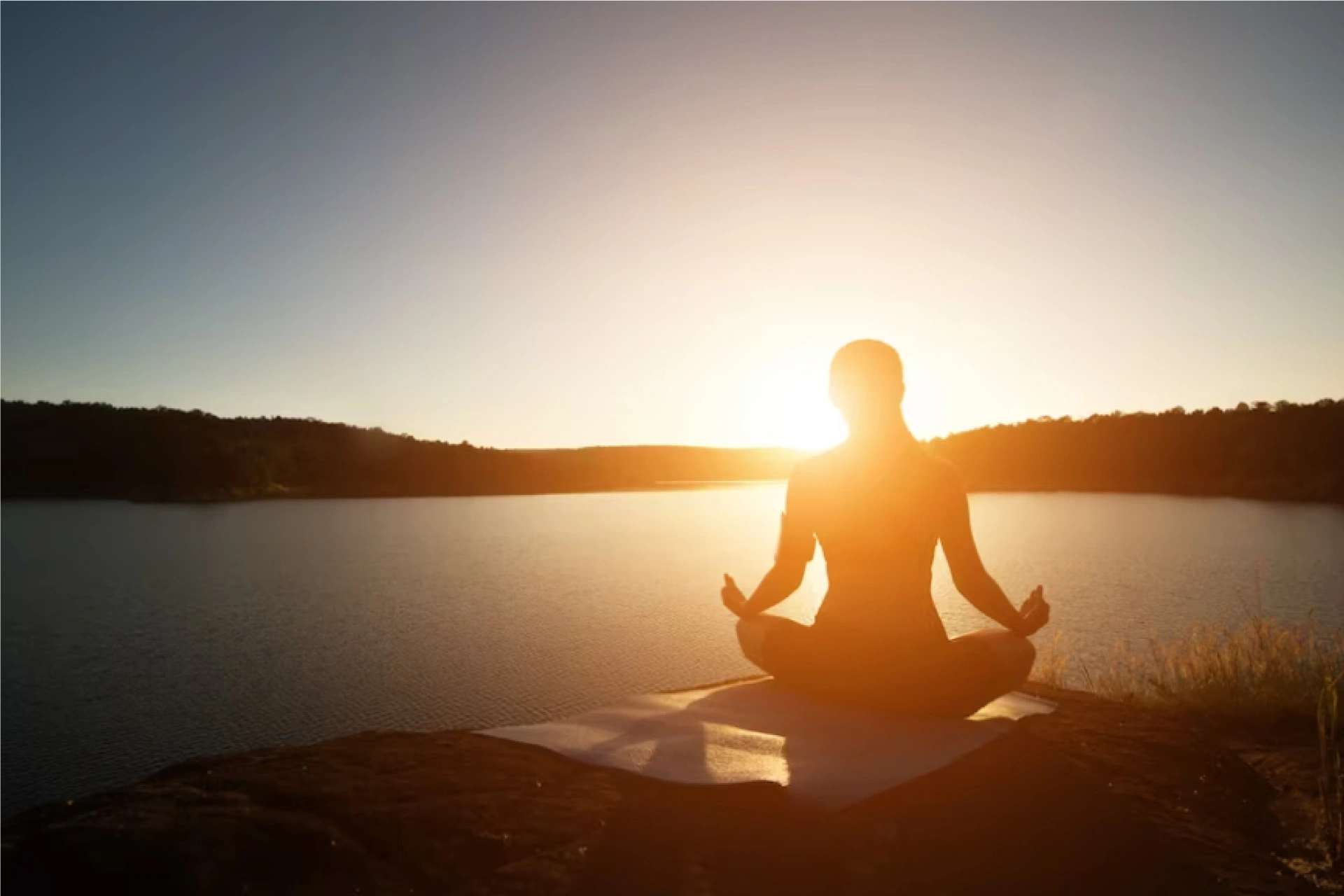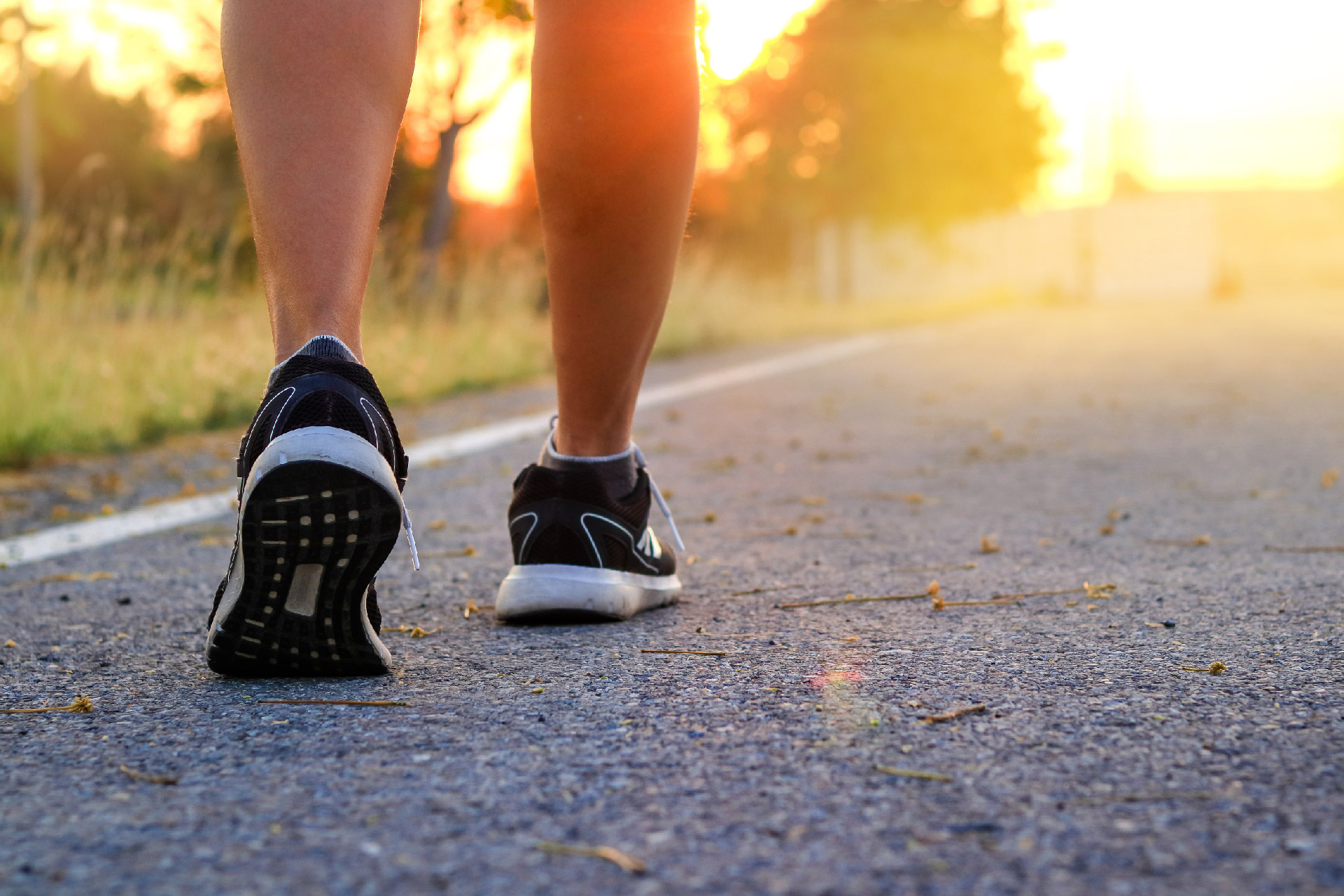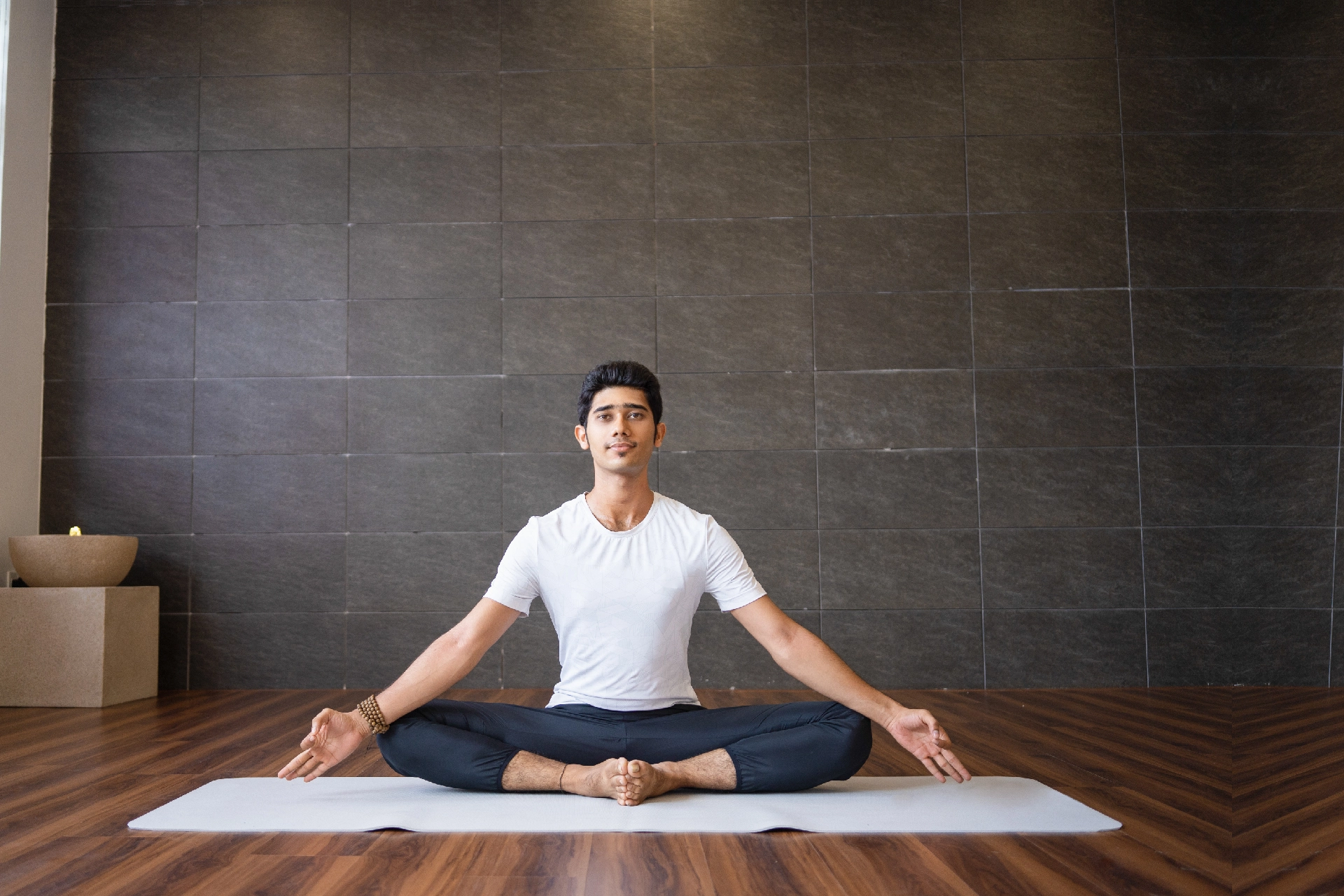Physiotherapist | 9 min read
Vajrasana Yoga: Health Benefits, Steps to do it and Precautions
Medically reviewed by
Table of Content
Synopsis
Vajrasana benefits your health by promoting blood flow and pelvic strength. Try the vajrasana pose to relieve tension! You can practice vajrasana by placing your knees on a pillow for greater comfort.
Key Takeaways
- Vajrasana benefits your mental health and improves digestion
- You can even do the vajrasana yoga pose after you’ve eaten
- You can modify the vajrasana pose to ensure your comfort
Vajrasana benefits stem from its ability to enhance your gut health. Due to this and its simplicity, the vajrasana pose is one of the most popular asanas of yoga. Along with vajrasana, you can include various other poses in your yoga routine for better digestion as well as overall health. Regular practice of yoga boosts your body’s functions, aligns your mind and body, and can help improve your physical and mental wellness.
The vajrasana pose is also referred to as the thunderbolt pose. Relieving you from erratic sleeping patterns and back ache, there are many ways in which vajrasana benefits you. Read on to know how you can perform vajrasana yoga and the various vajrasana benefits you can enjoy.
What is Vajrasana?
Vajrasana, also known as the diamond-shaped pose, is one of the most accessible kneeling yoga poses. Practicing vajrasana benefits your vajra Nadi, thereby helping promote better digestion and liver functions. While there are numerous vajrasana benefits, one of its vital advantages is to ease indigestion problems. In addition, Vajrayana, also known as the adamantine pose, increases blood circulation in your pelvic areas and stomach, due to which bowel movements become regular and smooth.
While it is always advised to practice yoga on an empty stomach, Vajrayana is the only asana that you can do after you have a hearty meal. When you execute this pose on a full stomach, you aid its digestion. This pose aims to make your body as strong as a diamond or vajra.
Different Names of Vajrasana:
As mentioned earlier, the Vajrayana pose has different names. While the term vajrasana is a Sanskrit name, you can also call this pose by the following English names.
- Kneeling pose
- Pelvic pose
- Thunderbolt pose
- Adamantine pose
- Diamond pose
Vajrasana is an easy holistic pose with umpteen health benefits and can also be practiced easily by beginners. So, make sure you follow the correct vajrasana steps to gain maximum health benefits.
Vajrasana Benefits:
Now that you know the vajrasana steps, here are a few vajrasana benefits for good health that you must be aware of.
1. Promotes Vascular Health and Digestion
Vajrasana is one of the well-known yoga poses for constipation. This is because it improves blood flow in your torso. Because of a sedentary lifestyle, circulation in the abdominal region is often improper, which negatively affects your digestive health. The improved blood circulation due to vajrasana not only helps prevent constipation but also ensures that your body absorbs the nutrients from food properly.
This pose also helps relieve the burning sensation caused by acidity as well as gas. Given the ample ways, vajrasana benefits your digestive health, you can do this pose post your breakfast, lunch, or dinner. This helps you make the most of the vajrasana pose and keeps your digestion going smooth.
2. Eases Lumbar Pressure or Pain and Cramps
The lumbar region of the spine encompasses your lower back, and it is quite common to feel a constant ache here. Not being active and not keeping your weight in check are some of the causes back ache. Doing the vajrasana yoga pose helps as it requires you to keep your spine erect. Regular practice of this pose makes your pelvic and lumbar muscles stronger and reduces back ache and sciatica [1].
Since the vajrasana pose also improves blood circulation in the pelvis, it eases the pain of menstrual cramps. It also helps strengthen your pelvic muscles, which can be a boon during labor. The vajrasana pose also helps get relief from rheumatic symptoms. This benefit stems from the fact that this pose helps improve muscle flexibility in your hip, foot, ankles, knees, and thighs.
3. Reduces Stress and Anxiety
Vajrasana benefits your mental well-being by enhancing your focus and calming your mind. According to a study, vajrasana yoga can help improve your concentration [2]. Due to this, vajrasana is also often practiced as a meditative asana.
Since it promotes a feeling of peace, vajrasana benefits you by reducing your stress and anxiety levels. You can also do other breathing exercises while performing vajrasana yoga. Ultimately vajrasana benefits your emotional health by protecting your mind from various mental illnesses such depression. The calm state of mind you achieve through it also helps improve hypertension.
4. Improves Metabolism and Helps Reduce Weight
As mentioned, improving digestion is one of the main and most popular vajrasana benefits for your health. Moreover, vajrasana also helps combat the side effects of a sedentary lifestyle that slows down your metabolism. Improved metabolism helps your body shed excess weight. Improved absorption of nutrients also helps your body function better.
Other ways in which vajrasana benefits your health includes improving your overall posture, enhancing your sleep, treating urinary issues, and preventing muscle spasms.
There are other yoga poses that can help make your vajrasana posture better. You can try some of these poses to experience this for yourself:
- Toe touch
- Bridge pose
- Lunge
- Pigeon pose
- Child’s pose
5. Helps you Maintain a Straighter, Better Posture
One of the vital vajrasana benefits is that it helps you keep a straight back in your daily life. Executing this pose requires you to maintain an erect back. Regular practice enables you to keep a straight back even when you are not in the Vajrayana pose. This way, you can drastically improve your posture and sit or stand without slouching or hunching. Follow the Vajrayana steps mentioned to get the pose right and see the difference in your posture!
6. Reduces Hypertension
Hypertension is a condition in which your blood pressure reaches a higher level as compared to normal values. While there may be changes in blood pressure due to your daily activities, having high values consistently may be the cause of hypertension. When you practice Vajrayana, your stress and anxiety reduction, thereby helping you maintain a calm mind. The calm state of mind you achieve through it also helps improve hypertension. Regularizing your blood pressure also decreases the risk of cardiovascular ailments.
7. Boosts the Health of Your Sexual Organs
Vajrasana benefits your pelvic region by increasing its blood flow and providing nourishment to your sexual organs. While you are already familiar with the fact that practicing this pose regularly can ease menstrual cramps, you must also keep in mind that Vajrayana helps boost sexual performance. In women, vajrasana also aids in better reproductive health. So, make sure to practice this asana daily for better sexual health.
8. Fights Obesity
Regular practice of Vajrayana not only improves your metabolism but also helps combat being overweight or obese. When your metabolism improves, you lose weight quickly. This way, vajrasana helps tackle obesity problems. While it helps promote good digestion, practicing this pose regularly can decrease your belly fat. With such a simple pose, you can burn your extra calories and stay fit as a fiddle!
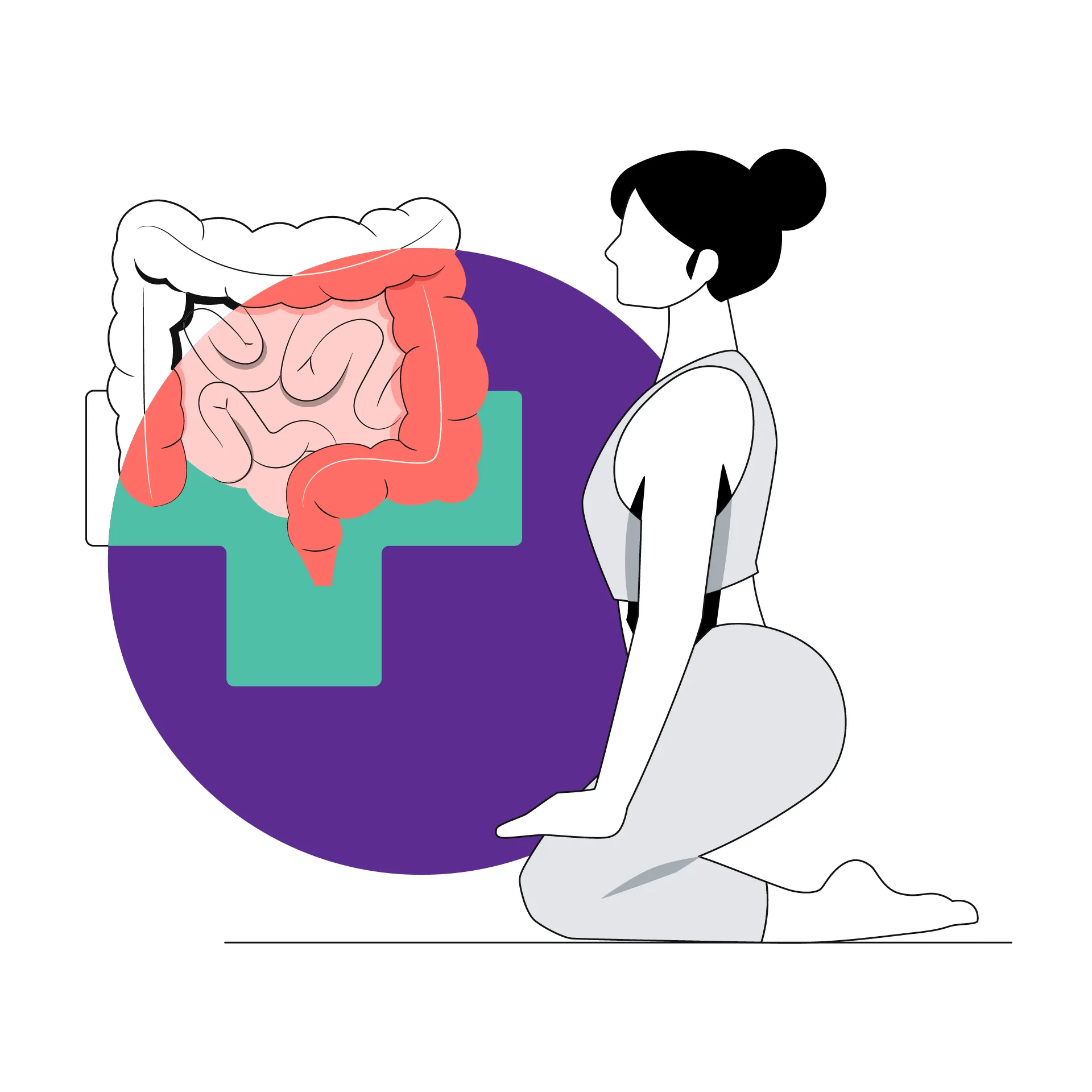
9. Helps Tackle Rheumatic Pain
As Vajrayana improves blood circulation, doing this pose helps improve muscle flexibility in your hip, foot, ankles, knees, and thighs. This way, the Vajrayana pose provides you relief from rheumatic symptoms. Some of the classic symptoms of rheumatic diseases are severe pain and stiffness in the joints. As a result, your movements get restricted, leading to fatigue and swelling. When you practice Vajrayana, your flexibility increases and eases the discomfort caused by such diseases.
10. Regularizes Your Sleep
As Vajrayana minimizes stress and anxiety, your mind becomes more peaceful and calm. This is why yoga teachers often consider it one of the best meditation poses for you to try. A calm mind eases your tension, thereby helping you sleep peacefully. So, you can practice vajrasana to improve your sleep quality. A good night’s sleep is essential for you to feel rejuvenated and active the next day. With so many Vajrayana benefits, make sure to include them in your daily yoga or exercise regime.
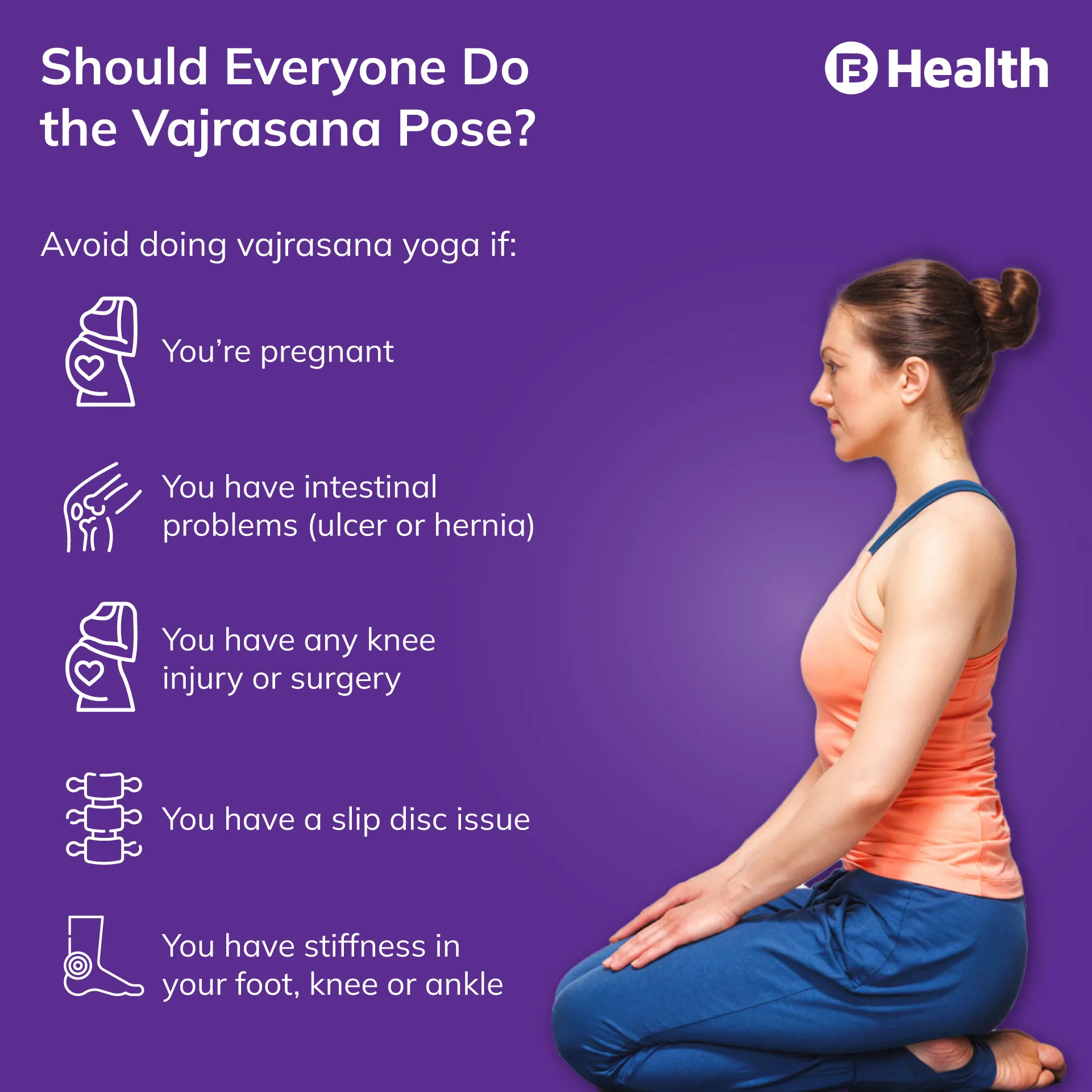
Steps to Do The Vajrasana Pose:
- Kneel down on your yoga mat
- Your soles should face up and your toes should touch the mat
- Gently and slowly take a sitting position on your knees
- Your thighs will touch your calves and your sitting bones will be placed on your ankles
- Adjust your position until you are comfortable
- Place your hands on your knees and keep your back erect
- Use your head as a guide and make sure your chin is parallel to the floor
- Slowly breath in and breath out
- Hold this position for a minimum of 3-4 minutes
Keep in mind to start off slow and then increase the time you spend in the vajrasana pose.
This will help ensure that you do not strain your muscles and cause any injury. If you find it difficult to sit on a mat, you can use a pillow, a blanket, or padding to ease the discomfort. For example, if you have knee pain, keep a pillow under your knees and for ankle pain place it under your shins.
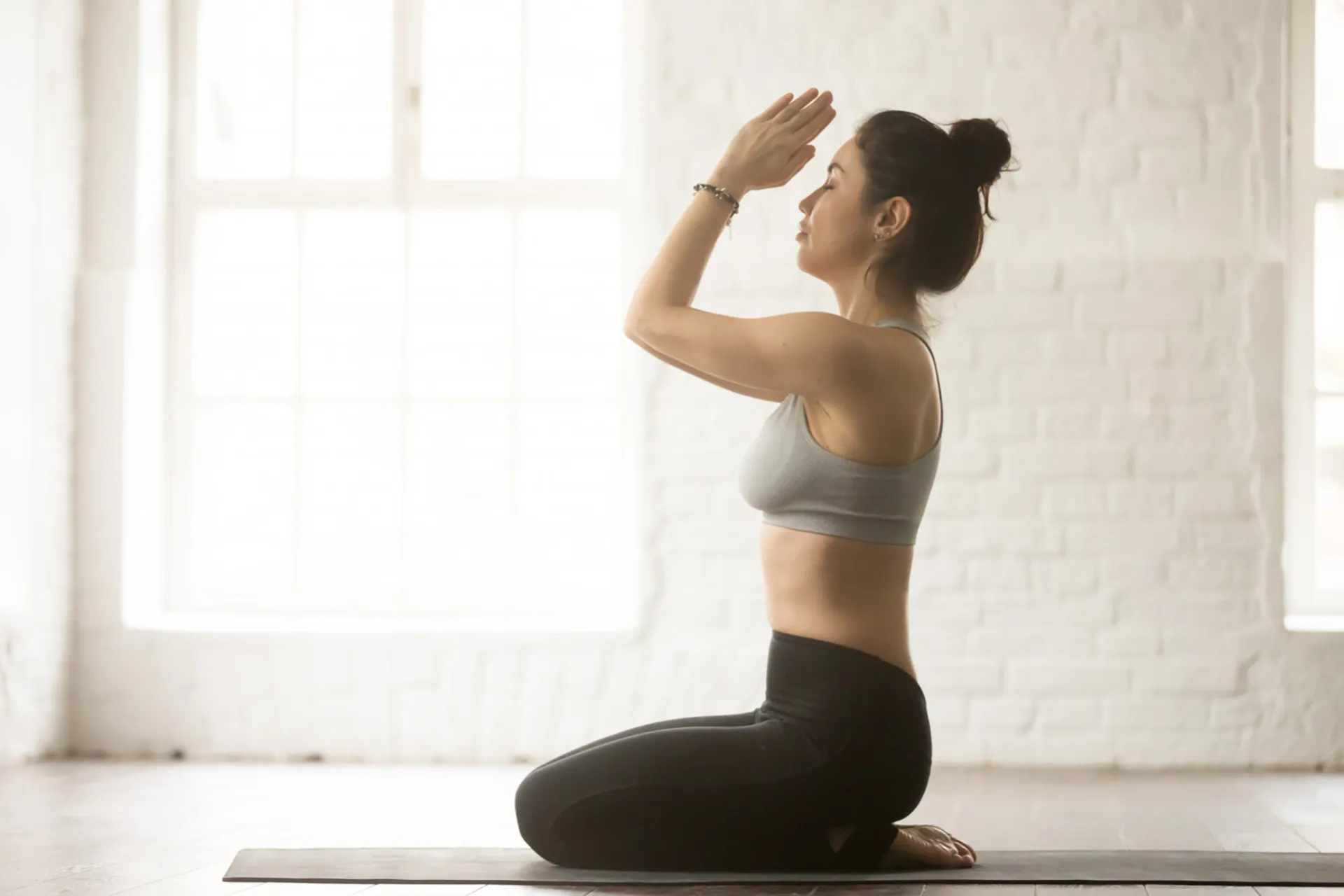
Vajrayana Precautions:
Now that you know about Vajrayana's steps and its benefits, it is also important to be aware of Vajrayana's precautions. Knowing vajrasana precautions can save you unnecessary health complications. If you are suffering from slipped disc issues, practicing Vajrayana is a big no. While you may perform this pose during pregnancy, make sure to keep a good gap between your knees. This helps reduce the pressure on your abdomen.
Practicing vajrasana with the help of a yoga teacher is ideal if you have hernia-related issues. If you have severe arthritis, avoid doing Vajrayana. Other conditions in which you should avoid doing this pose are when you have lower spinal cord issues and severe knee pain.
Ideal Duration of Vajrasana Pose:
If you are a beginner, you can start with 30 seconds and increase the time gradually. Make sure not to stay in it beyond 3 minutes at a stretch if you are new to this asana. You must follow a systematic method to get in and get out of this pose. If you have gained expertise, you can even sit in it for up to 15 minutes. Ensure that you increase your duration slowly.
Additional Read: Yoga Poses and Tips To Build StrengthKeep all these precautions and tips in mind to make the most of vajrasana benefits. If you face any difficulties, get in touch with a yoga teacher or ayurvedic doctor. Don’t forget to also try immunity-boosting yoga poses or even yoga for sinusitis relief. There are a range of poses that can benefit your health in every way. However, if you experience any symptoms, don’t delay. For expert advice and guidance, book an online appointment or an in-clinic consultation on Bajaj Finserv Health.
On this platform or app, you can get advice from top practitioners from all fields. You can also book lab tests and even buy health insurance, enjoying discounts and deals as you do so. Take the first step towards a healthy body and mind by doing yoga and being prompt about all health concerns that need your attention.
References
- https://www.ncbi.nlm.nih.gov/pmc/articles/PMC3215373/
- https://files.eric.ed.gov/fulltext/EJ913514.pdf
Disclaimer
Please note that this article is solely meant for informational purposes and Bajaj Finserv Health Limited (“BFHL”) does not shoulder any responsibility of the views/advice/information expressed/given by the writer/reviewer/originator. This article should not be considered as a substitute for any medical advice, diagnosis or treatment. Always consult with your trusted physician/qualified healthcare professional to evaluate your medical condition. The above article has been reviewed by a qualified doctor and BFHL is not responsible for any damages for any information or services provided by any third party.
